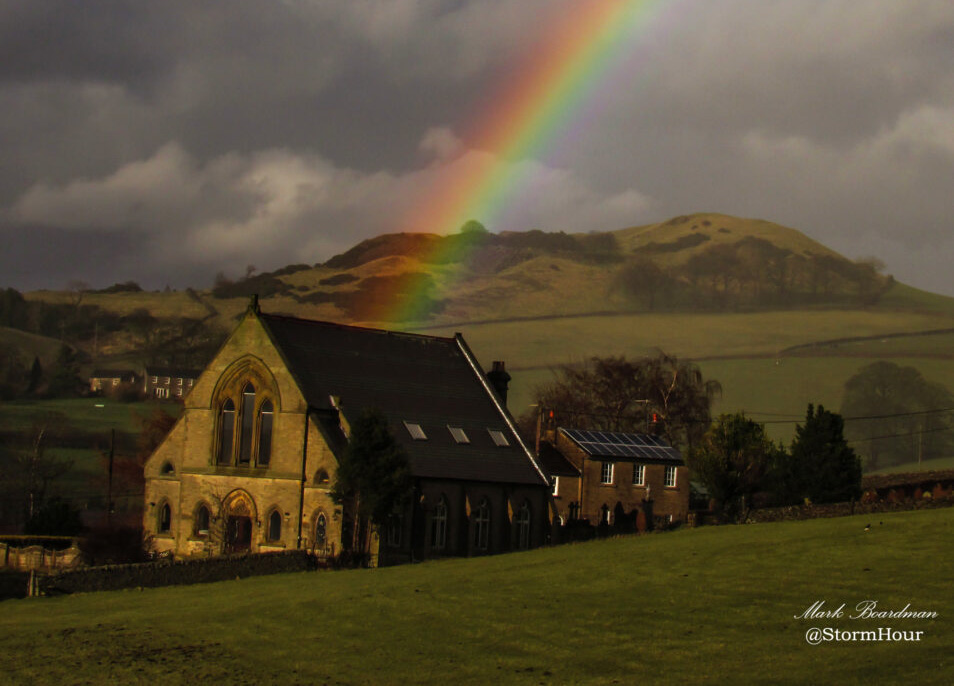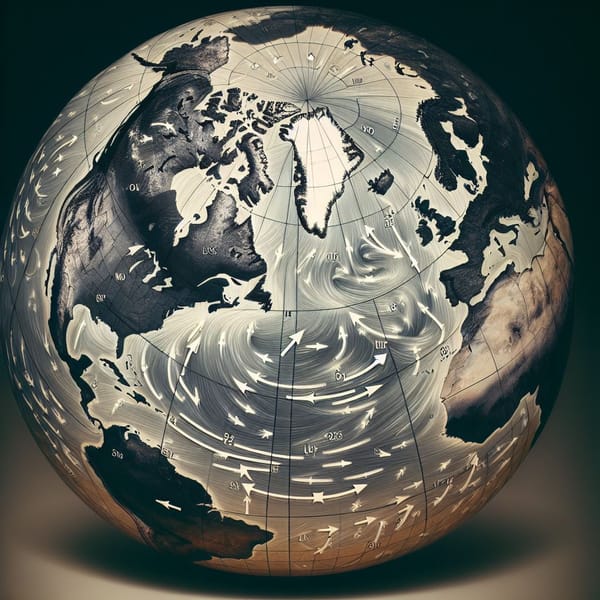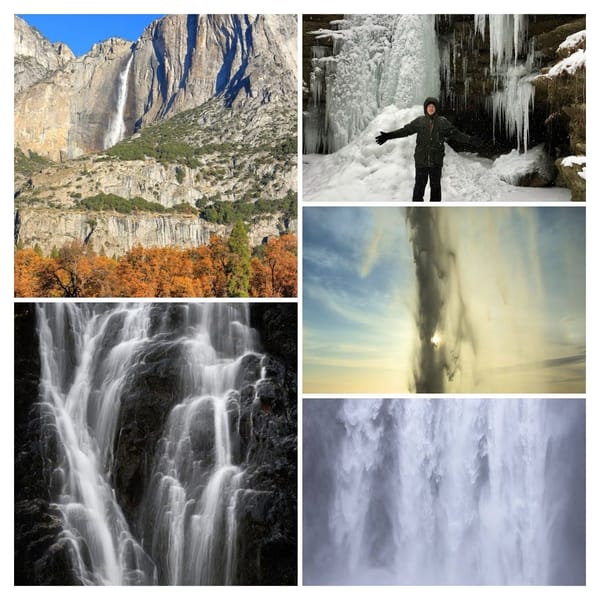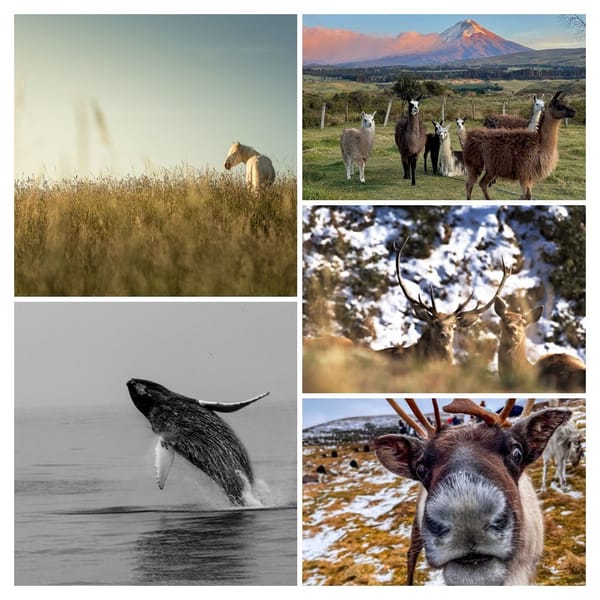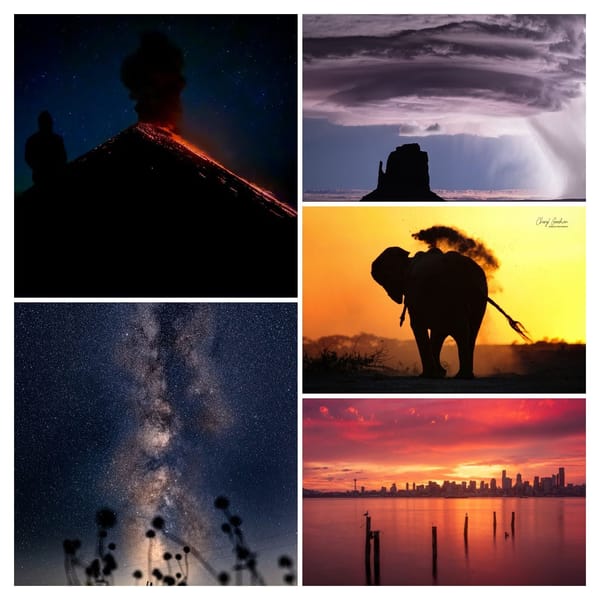StormHour Guide To Rainbows
Rainbows. What they are and how they are created.
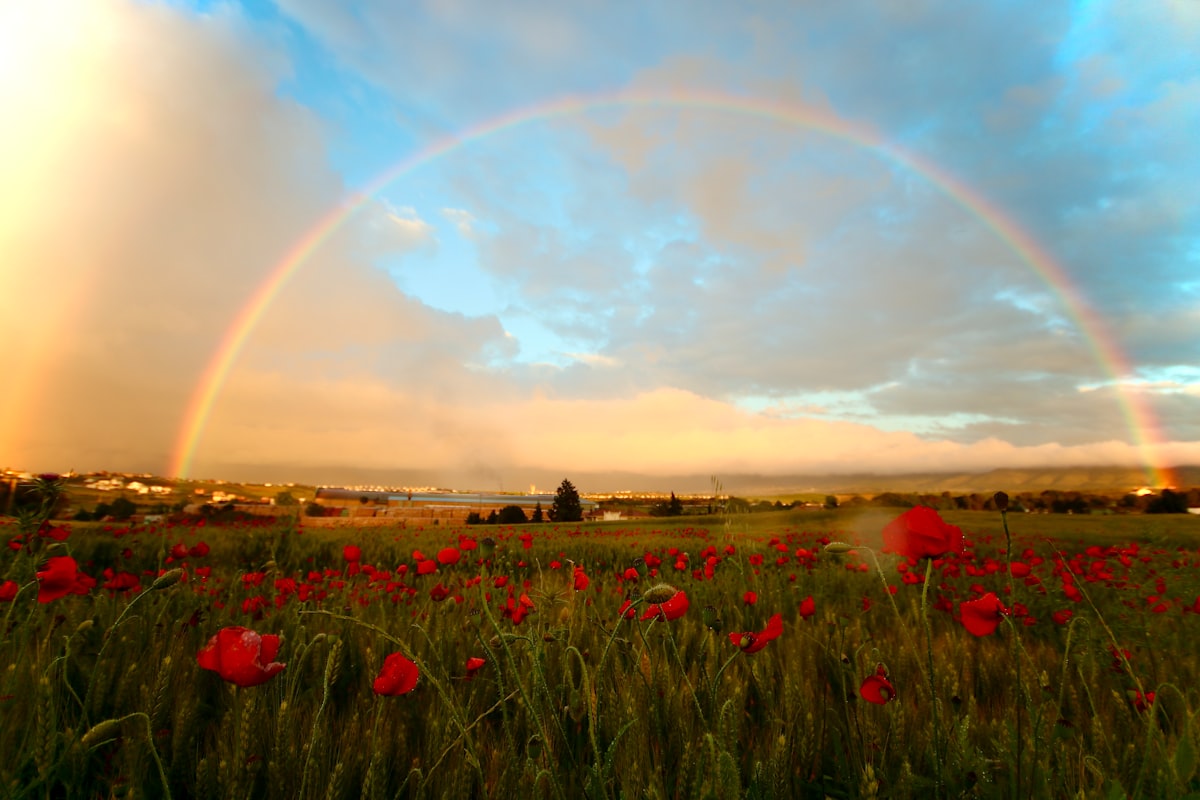
Straight to the point: Rainbows in less than 200 words for those of you in a rush 😊
- In a Rainbow, water droplets disperse light into banded arcs composed of the seven visible spectrum colours, from red to violet. There are no hard boundaries between the colours, so the number of hues in a rainbow is open to interpretation. Homer believed there was only one colour, purple. China considers there to be five.
- Light is refracted as it enters the droplet, then reflected off the back surface and re-refracted on the way out, dispersing in a wide range of angles.
- The most visually intensive angle, which will always be between 40 and 42 degrees, is caused by the spherical nature of the droplets.
- No two people see rainbows in the same way. Your position relative to the sun and the water droplets will determine where in the sky the rainbow appears.
- The word “Rainbow” comes from the Latin phrase “arcus pluvius”, which means “rainy arch.”
- The sky is darker between a rainbow and its double because light does not reach the observer as readily from this region.
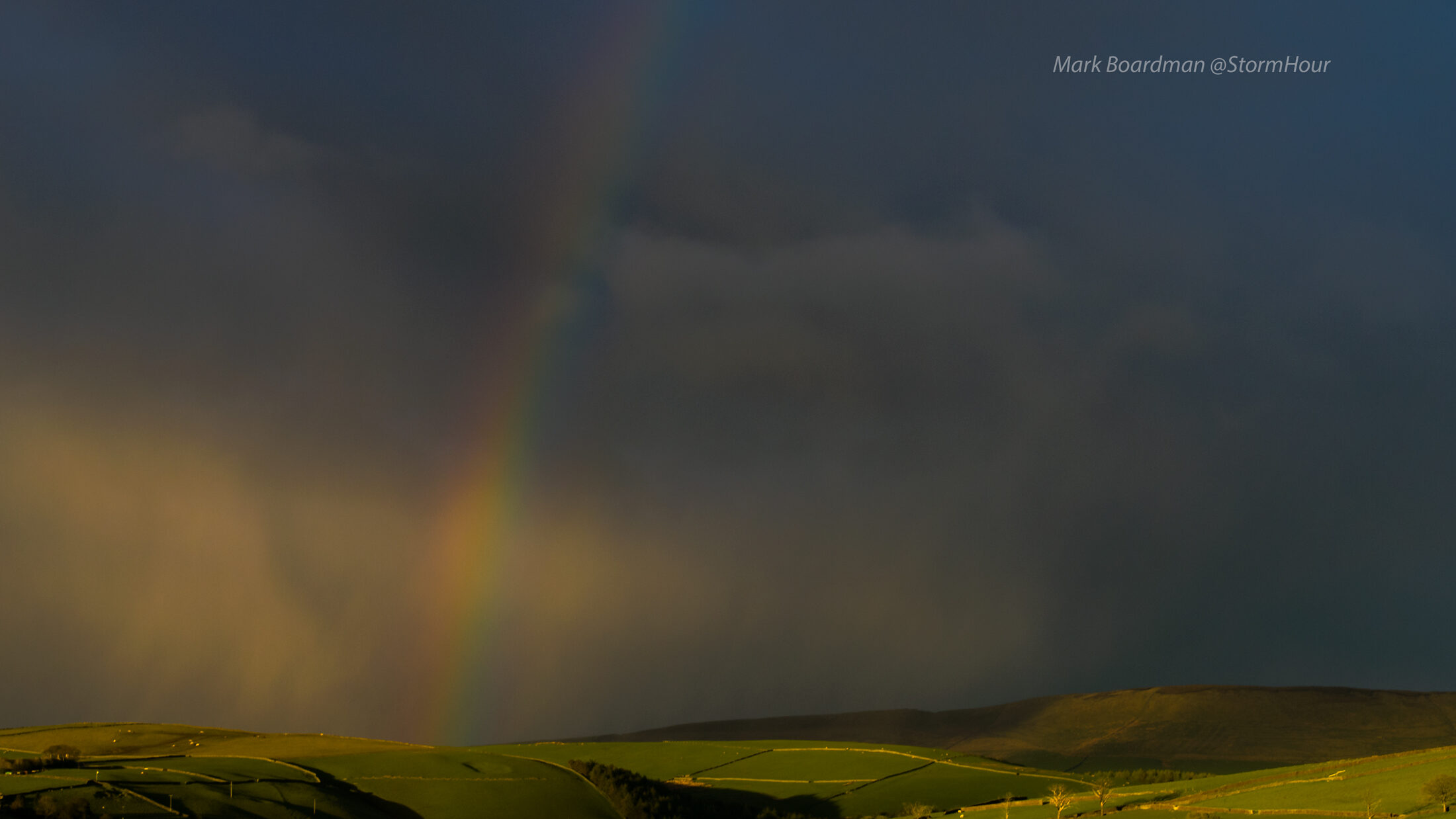
Rainbows are a spectacular part of the natural world.
Rainbows are much more than just pretty colours in the sky. They form a specific pattern that can tell you important things about the weather. In this post, you’ll learn all about rainbows and their formation. You’ll also find tips on how to spot them and what they mean for your day-to-day weather forecast. So get ready to become a rainbow expert!
How is a Rainbow created?
A rainbow is created by sunlight and air-water interactions. When light penetrates a water droplet, it slows down and curves from air to water. The inside of the droplet reflects light into its component wavelengths or colours. When light leaves the droplet, it creates a rainbow.
The word “rainbow” doesn’t describe a tangible object or a specific location. Instead, it’s an optical phenomenon that emerges when the conditions with rain, sunshine and air density are just right—and the observer’s position is also correct to view it.
Why does a rainbow resemble a bow or an arc?
A complete rainbow is, in fact, a circular rainbow, but only part of it is visible from the ground. However, if the conditions are right, an entire circular rainbow may be seen from an aeroplane.
What is happening within the water droplets?
The sun illuminates a water droplet. Light travels more slowly through water than through air. (since water is heavier), the light refracts a little as it enters the drop. The light then bounces off the back of the droplet and returns to its original path, bending once more as it rushes out of the droplet.
Why the different colours?
Sunlight is made up of many different colours of light. Some colours bend more than others when they enter a water droplet. Violet (the shortest wavelength of light) bends the most, followed by red (the longest wavelength of light).
What exactly is a double rainbow?
A second, faint secondary rainbow may sometimes be seen above the main one. One reflection within a droplet is responsible for the primary rainbow. The secondary bow is created by light reflecting off the droplet a second time.
This reflection creates a rainbow that appears at a different angle (50° instead of 42° for the primary red bow). The secondary rainbow is a result of the primary rainbow being inverted. Therefore, the colours will be arranged in reverse order, with red on the bottom and violet on the top.
How to see a rainbow.
To observe a rainbow, one must be in a specific location with respect to the sun and water droplets.
The sun must be behind the viewer.
The lower the sun is in the sky, the more of a rainbow arc the viewer will see.
Rain or fog droplets must be in front of the viewer.
